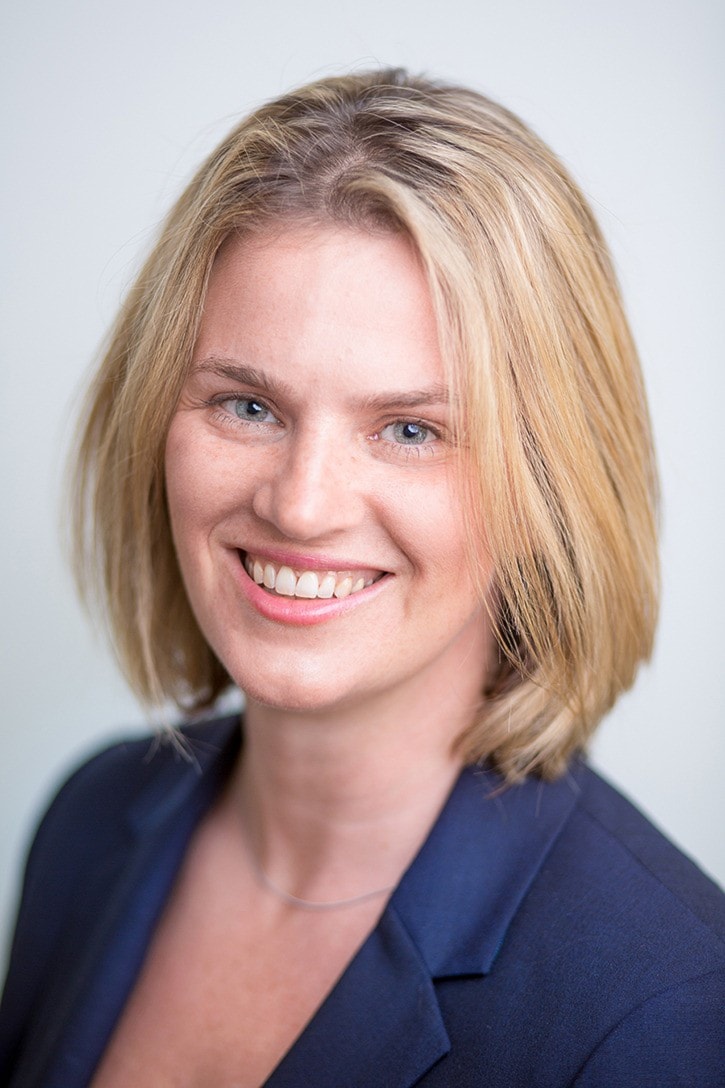For countless generations, women have been giving birth in the Bella Coola Valley, but scores of babies born to Valley residents in recent years can’t claim the Valley as their birthplace. This is because, for the past eight years, women have been required to travel outside to give birth – a practice that won’t be ending any time soon.
“Nothing could be more natural than having a baby,” says Jennifer Rice, Bella Coola’s MLA, here on a recent three-day “fact-finding” tour. “But pregnant mothers must leave the Valley a minimum of four weeks before the due date and be in a community that provides C-Section back up and maternity services.”
This requirement to leave the Valley poses a considerable financial hardship to new families who must pay out of pocket for a month’s accommodation, food and travel except for those covered by the First Nations Health Authority. Even in such cases, the expenses are not covered for much needed support people such as family and partners of the pregnant mother.
“Families are holding bake sales, bingos, and fund raising events to support Mom while she is away for four weeks,” says Rice. “Mothers should be returning to the Valley with car seats and baby supplies but they are not because all the money has been spent on accommodations and surviving away from home for a month (or more).”
Until 2008, Bella Coola was the smallest community in the province that performed Caesarian births (C-Sections), emergency procedures used in particularly difficult births, involving a highly skilled team of an obstetrician and an anesthesiologist, and a trained obstetrics nurse.
Bella Coola was the second stop in Rice’s tour, following her visit to Haida Gwaii, where, like Bella Coola, C-Sections are not offered. Unlike Bella Coola however, the community is served by two midwives who deliver about half of the babies in the community (low risk cases) while the other half are delivered elsewhere. This is because medical evacuations to Prince Rupert are less risky and much faster than they are from Bella Coola, where weather and terrain make flights much less reliable.
In Bella Coola, as births declined to fewer than 25 a year, it became untenable to maintain a C-section team, and about that time, the hospital gave up its anesthetic facility, according to Michel Bazille, Central Coast Director for Vancouver Coastal Health. Bazille points to recruitment and retention of medical professionals as key factors in addressing the issue.
Dr. Ray McIlwain, who has practiced medicine in the Valley for decades, echoes the assessments of Rice and Bazille, saying “there may have been some moms who wanted to deliver their babies here, but now the staff is no longer comfortable with doing deliveries of any sort.”
McIlwain notes that research shows mothers do better when birthing at home, but more and more, medical practitioners are concerned about the risks. “If something goes wrong,” he says, “at some point or other we’re going to lose a baby.” McIlwain says that if Bella Coola women want to deliver their babies locally “they have to push back and be proactive. It’s not impossible,” he says, “but they need to take a determined stance.”
On the other hand, McIlwain says a better support system that would provide a monetary allowance and accommodation for family members might be a suitable solution and “better than swimming against the current trying to re-establish some kind of delivery” in Bella Coola. “It’s not a good situation”, he adds, “but it’s a different age”.
Peter Tallio, Health Director for the Nuxalk Nation, says the First Nations Health Authority established three years ago needs to have “a prolonged discussion” of the issue. He says there is concern among First Nations communities that “we aren’t having people born in our territories.” Further, he notes, it is customary among First Nations, for families to be present at a birthing, and this is impossible under the current practice.
Rice’s “fact-finding” tour is on weekends and legislative breaks between now and June, after which she plans to submit a report with recommendations to government.
